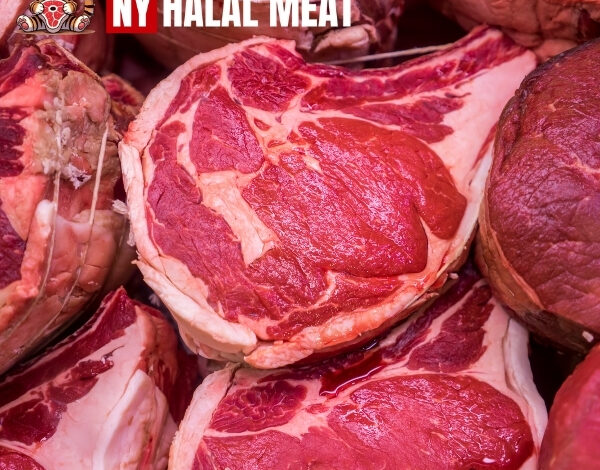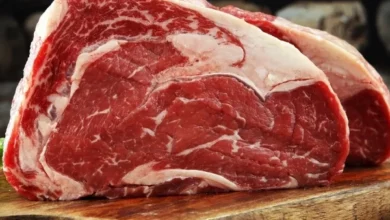
Red Meat and Heart Health: Understanding the Controversy
Red meat has always been enjoyed because of its rich taste and high protein content. In today’s time, red meat can be classified as controversial due to its effects on heart health. Numerous studies have revealed that red meat, especially processed, increases the chances of contracting cardiovascular disease. But, is it as straightforward as it seems? In this piece, the focus will be on different aspects of red meat, such as the policies made regarding its consumption, its availability, and what are the nutritional values.
Red Meat: Definition
Red meat has different effects on different people, we will jump into discussing its specifics in a while but first it is important to identify what red meat is. Red meat is classified as beef, lamb, or goat meat. It must be noted that pork does also fall under the same category. There are various nutrients that these meats possess such as proteins. There are a few health issues in response to red meat such cholesterol and heart disease, these are more associated with the processed versions of the meat.
The Connection Between Red Meat and Heart Health
Red meat is a point of contention primarily because of its fat content, particularly its saturated fat. Researchers have established that saturated fats lead to elevation of cholesterol levels, especially in regards to the low-density lipoprotein (LDL) cholesterol, or ‘bad cholesterol.’ The levels of cholesterol that is classified as LDL can result in the creation of plaque in the arteries and promote heart problems.
Research has indicated that eating large amounts of red meats, especially processed bacon, sausages, and hot dogs is associated with an increase in cardiovascular disease. Processed meat contains additives like preservatives, nitrates, salt that increase the likelihood of developing heart disease.
Additionally, red meat consumption has been shown to elevate levels of trimethylamine-N-oxide (TMAO) which has been associated with atherosclerosis – the building of plaque in the arteries that restricts blood flow.
Red Meat Should Never Be Seen as Equal
It’s crucial to recognize that not all red meats are equal in terms of their risk to heart health. The discussion always involves the classifications of red meat into processed and unprocessed meats. It is well established that processed meat increases the chances of suffering from heart disease, but the influence of unprocessed red meals on the heart is much more complex and remains a matter of scientific inquiry.
Beef, lamb, and pork in the form of unprocessed red meat contains nutrients such as iron and zinc. If prepared in a particular way and kept in moderation whilst not exceeding a certain frequency of consumption of those meats, they may not carry the risks which come with using processed red meat. In fact, there are some studies that show that lean cuts of red meat do not interfere with heart health if used within a wholesome diet consisting of fruits and vegetables, whole grain products, and healthy oils.
The Significance of Cooking Techniques
Remember when eating red meat would be good for your heart? While its preparation and cooking technique matter just as much, there’s more to it than that. High temperature cooking techniques such as frying, grilling or barbequing are said to produce harmful compounds like heterocyclic amines (HCAs) and polycyclic aromatic hydrocarbons (PAHs) these have varying adverse effects on one’s, heart health, cancer being one of them. In order to mitigate the formation of these compounds, experts suggest cooking at lower temperatures or not charring the meat entirely by broiling and steaming.
Understanding Recommended Quantity
With all the risks that red meat entails, it is only logical to expect health organizations, the American Civil Association (AHA) and WHO, to recommend limited consumption of processed meat and red to the masses. According to AHA more than three to four ounces of lean red meat should not be consumed, however, consuming lower quantity should be preferred.
Moderation is the secret to heart health. When red meat is eaten alongside a healthy, balanced meal, the dangers it poses when consumed in excess can also be avoided. One can also make a red meat lover’s diet heart disease friendly by choosing lean cuts, such as tenderloin or sirloin along, and adding beans, lentils, and tofu to the meal.
Replacing Red Meat For a Healthy Heart

If health concerns due to red meat consumption are your worries, then rest assured that there are many replacement options available.





